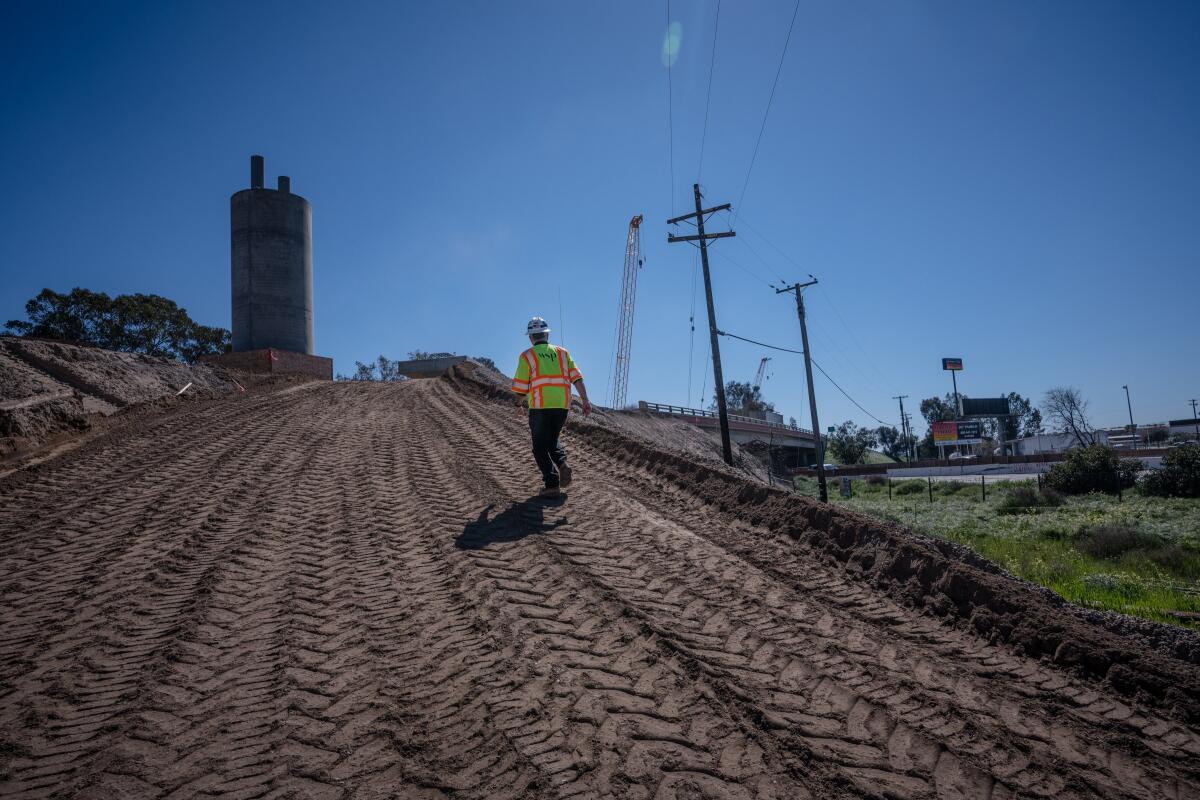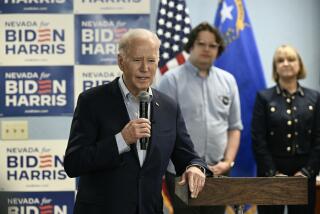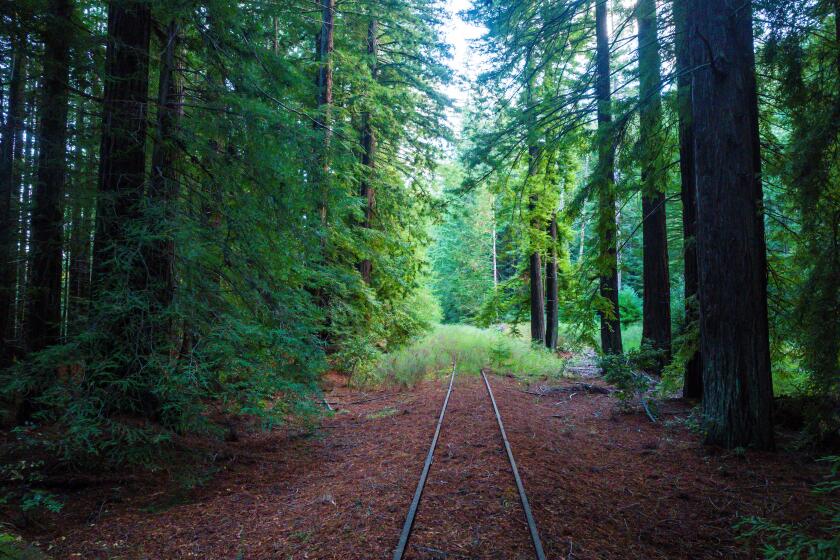California bullet train project will seek $4.1 billion as costs grow

The California bullet train authority will seek a $4.1-billion appropriation to complete construction in the Central Valley, as costs and schedules continue to grow.
The massive appropriation, which would come out of a 2008 bond fund that voters approved, would provide enough money to complete Gov. Gavin Newsom’s starter system from Merced to Bakersfield, the authority said in newly released documents. The 171-mile rail link would not connect to Los Angeles for more than a decade and not until tens of billions of dollars can be obtained for tunneling through mountains.
The Legislature last appropriated money from the bond fund in 2012, when the measure passed the Senate by a single vote. Since then, the Legislature has grown increasingly skeptical about the slow pace of the project.
Assembly Speaker Anthony Rendon (D-Lakewood) has backed a plan to shift some of the Central Valley funding to high-speed rail segments in Southern California and the Bay Area, saying that investments in big urban areas would deliver more ridership and reduce more greenhouse gas emissions.
‘Vaccinating 25,000 people will allow us to reopen elementary school classrooms for 250,000 children and help ... family members start on the path to recovery,’ Beutner says.
Brian Kelly, the chief executive of the California High-Speed Rail Authority, has remained committed to putting the money into completing the system in the Central Valley, despite the operational problems and the growing costs.
Assemblywoman Laura Friedman (D-Glendale), the new chair of the Transportation committee, signaled that the Central Valley investments will get closer scrutiny than in 2012.
“I remain concerned where we put those investments right now,” she said in an interview. “I would very much like for us to examine all of our options in this project.”
A hearing by her committee is expected in coming weeks.
The Senate Transportation committee, which until now has been more supportive of the Central Valley spending, also has a new chair, Sen. Lena Gonzalez (D-Long Beach).
The disclosures by the rail authority include an update on the cost of the Central Valley system. Newsom originally said the estimated cost would not exceed $20.4 billion and that it would be operating by 2028. The new cost includes an upper limit of $22.8 billion, a 10% increase, and an operational date of 2030, a two-year slip.
But all of those estimates depend on the pace of construction in the Central Valley, which has struggled since the first contract was issued in 2013. The rail authority has lauded its improvements, saying it has created 5,000 temporary and permanent jobs and is moving ahead faster with building structures.
At the same time, it announced a number of delays in construction segments, two of which will not be completed until the end of 2023, some six years behind the original deadlines.
The $4.1-billion appropriation would substantially deplete the bond fund. At the time it was approved, the full 500-mile bullet train system from Los Angeles to San Francisco was supposed to cost $33 billion and the bonds would cover a third of it.
The J&J vaccine didn’t appear to perform as well as others in clinical trials. But scientists say it is impossible to know whether any one vaccine is better.
Estimates of the system’s cost are outdated, but the last one put it at $98 billion at the high end. It likely has grown since then.
The election of President Biden has galvanized high-speed rail supporters, who hope he will back a national bullet train program. His transition documents signal his support for high-speed rail in the Northeast and to “make progress” for the California system.
But there is already a discussion of where investments in California would go, whether to the Central Valley work or to helping electrify high-speed transit systems in Los Angeles and San Francisco that would later become part of a statewide system.
The rail authority disclosures come in advance of a board meeting Tuesday, where the agency’s 2020 business plan will be submitted for later approval. It was originally introduced a year ago, but repeatedly delayed. The rail authority attributed delays to the pandemic.
More to Read
Start your day right
Sign up for Essential California for news, features and recommendations from the L.A. Times and beyond in your inbox six days a week.
You may occasionally receive promotional content from the Los Angeles Times.








